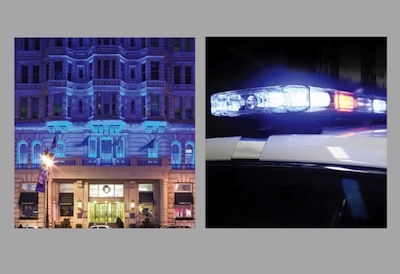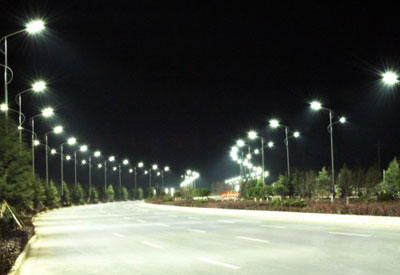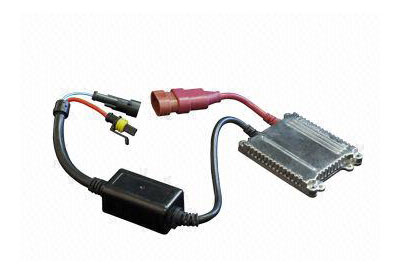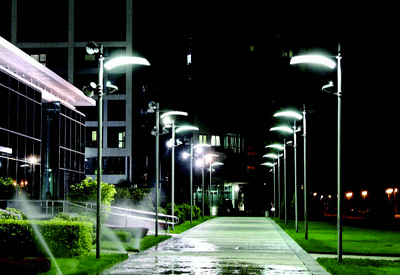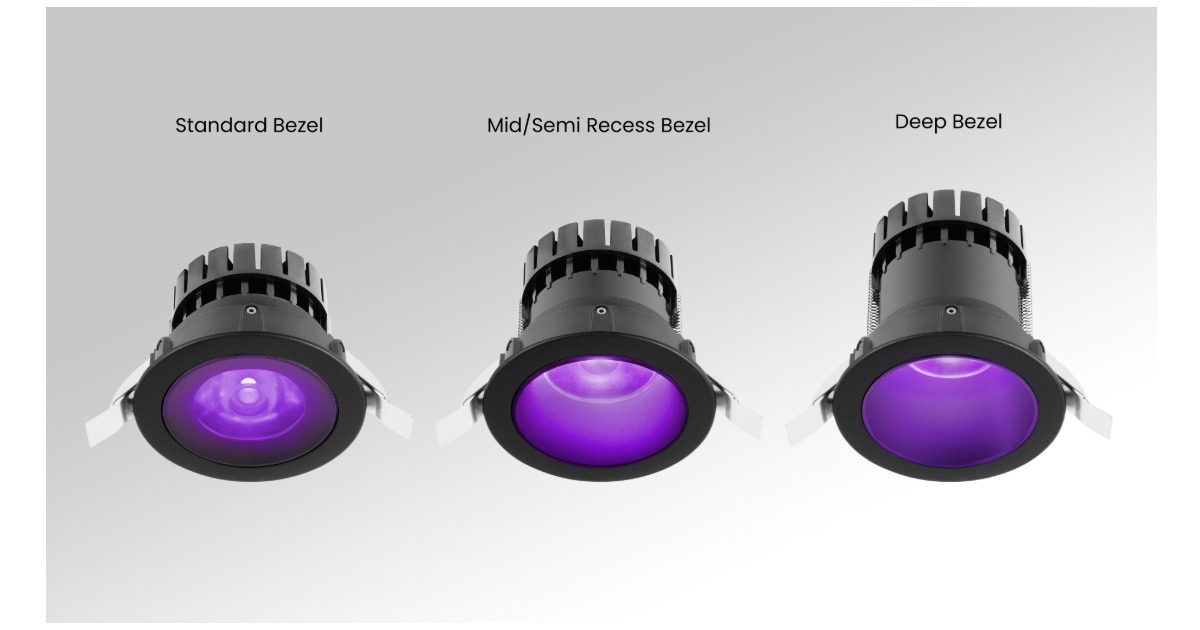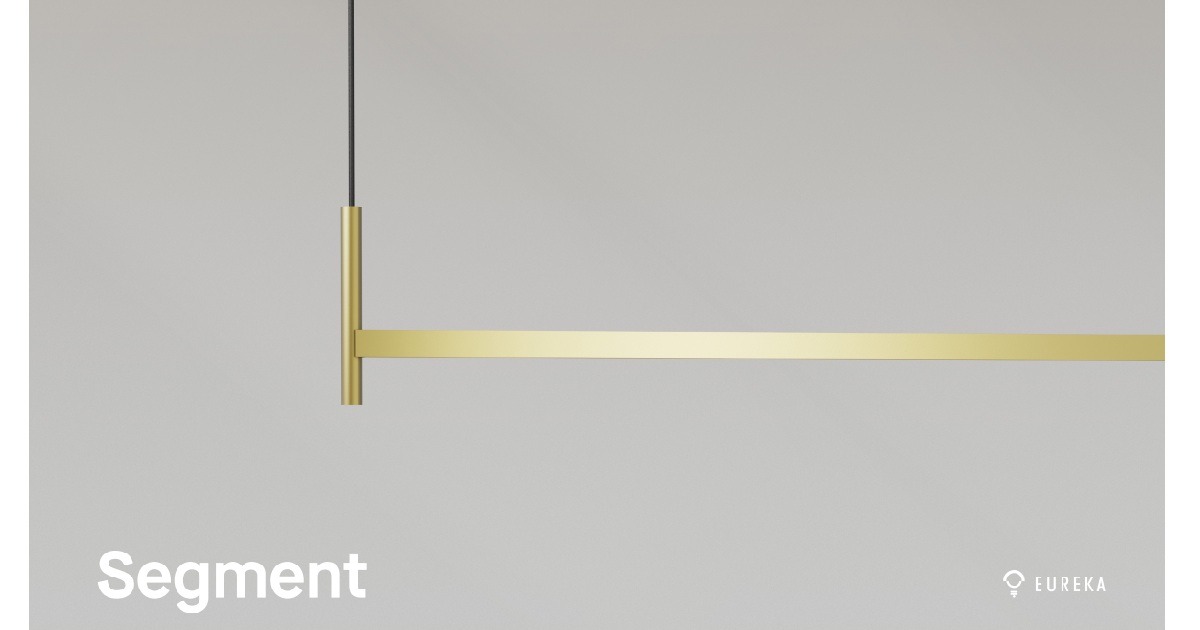Possible Novel Treatment to Improve Cognition in Persons with Alzheimer’s Disease

August 12, 2020
A new study by the Lighting Research Center (LRC) demonstrates that 40 Hz red light stimulation delivered to open eyes of healthy young adults increases brain gamma oscillations. Gamma oscillations are associated with attention and memory processes and are known to be disrupted in persons with Alzheimer’s Disease.
The next steps are to investigate whether this promising, non-pharmacological lighting intervention can improve cognition in persons with mild cognitive impairment and Alzheimer’s Disease.
The paper Flickering Red-Light Stimulus for Promoting Coherent 40 Hz Neural Oscillation: A Feasibility Study was published in the Journal of Alzheimer’s Disease.
{youtube}rOWdZi2_wM8{/youtube}
Authors: Sahin, Levent | Figueiro, Mariana G.
Background:Coherent 40 Hz (gamma) neural oscillation indicates healthy brain activity and is known to be disrupted in Alzheimer’s disease (AD) patients. 40 Hz entrainment by flickering light is known to significantly attenuate AD pathology in mice.
Objective:To demonstrate the feasibility of using a lighting intervention to promote coherent 40 Hz neural oscillation, improved working memory performance, and reduced subjective sleepiness among a population of healthy young adults. If successful, the intervention could be extended to address cognitive impairment associated with mild cognitive impairment and AD.
Methods:Nine healthy participants (median age 22 years, five females) were exposed to one of two lighting conditions per session in a within-subjects counterbalanced manner. The study’s two sessions were separated by 1 week. Custom-built light masks provided either a 40 Hz flickering red light (FRL) intervention or a dark control condition (i.e., total darkness, light mask not energized) at participants’ eyes. Data were collected four times per session: pre-exposure, after 25-min exposure, after 50-min exposure, and post-exposure. Each data collection period included a Karolinska Sleepiness Scale report, an electroencephalogram, and working memory (n-back) auditory performance testing.
Results:The FRL intervention induced a significant increase in 40 Hz power and a modest increase in low gamma power. The intervention had no significant impact on working memory performance and subjective sleepiness compared to the control. However, increases in 40 Hz power were significantly correlated with reduced subjective sleepiness. Conclusion:The results clearly demonstrate the feasibility of using a flickering light to increase 40 Hz power.
Go HERE for more information

